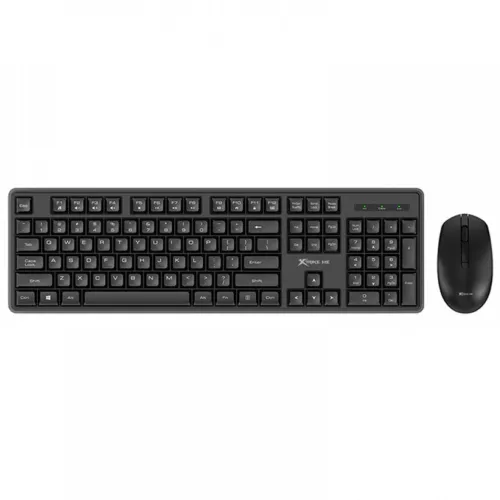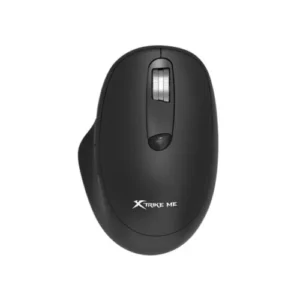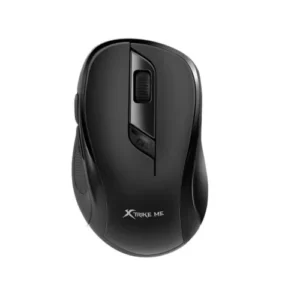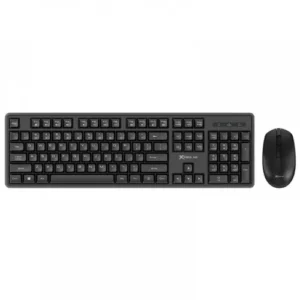Keyboard Specifications Explained
Understanding keyboard specifications is crucial for selecting a device that suits both personal and professional needs. One of the primary attributes to consider is the number of keys. Standard keyboards generally feature 104 keys, which include alphanumeric keys, function keys, and additional controls. This comprehensive layout facilitates a wide range of typing activities, from casual use to intensive gaming sessions, thereby enhancing productivity and user experience.
Another critical specification is the switch lifecycle of a keyboard. High-quality keyboards typically have a switch lifecycle capable of enduring around 10 million clicks. This figure indicates the keyboard’s durability, making it a significant consideration for users who spend extended hours typing or gaming. The longevity of the switches not only affects performance but also the overall lifespan of the keyboard. A robust switch assures users that their investment will yield long-term benefits, minimizing the need for frequent replacements.
Physical dimensions of a keyboard are equally important and can vary significantly across models. A common size is approximately 450 x 135 x 30 mm, which strikes a balance between portability and usability. This compact form factor makes it easy to accommodate in various workspace setups without sacrificing necessary key space. Weight is another factor to consider; typical keyboards weigh around 435g. This weight ensures stability during use, preventing the keyboard from sliding around on the desk surface, which can disrupt typing efficiency.
By focusing on these specifications, users can make informed decisions when choosing a keyboard, whether for gaming, office work, or general use. A thorough understanding of key attributes such as the number of keys, switch durability, dimensions, and weight is essential for selecting a keyboard that will meet specific user requirements and enhance overall functionality.
Mouse Specifications: What to Look For
When selecting a mouse, understanding its specifications is vital to ensure it meets your computing requirements. A fundamental aspect of a mouse is the number of buttons it possesses. Typical mice feature around four buttons, including the primary left and right buttons, and additional ones for enhanced functionality such as scrolling or quick access to applications. The placement and diversity of these buttons can significantly impact user experience, especially for gamers and professionals who require quick commands.
An essential specification to consider is the type of sensor employed by the mouse. Optical sensors, which utilize light to detect movement, are prevalent due to their accuracy and ability to function on various surfaces. The effectiveness of an optical sensor can be further enhanced with adjustable resolution options, typically ranging from 800 to 1600 DPI (dots per inch). This flexibility allows users to customize their tracking speed and precision according to their tasks, whether it’s for graphic design or gaming.
In addition to sensor types and resolution, the tracking method and connectivity options are critical. Many mice utilize a 2.4GHz wireless connection, providing a cable-free experience. However, for users preferring wired connections, it’s important to note the cable length, with a standard length being around 1.35 meters, ensuring adequate reach without clutter. Furthermore, the physical dimensions of the mouse, often measuring approximately 109 x 65 x 35 mm, along with a weight of around 65g, contribute to comfort during extended use. Finally, it is prudent to consider warranty information, with many manufacturers offering a standard 1-year warranty, which can indicate the durability and reliability of the mouse. Ultimately, by thoroughly evaluating these specifications, users can select a mouse that aligns with their personal or professional computing needs.





